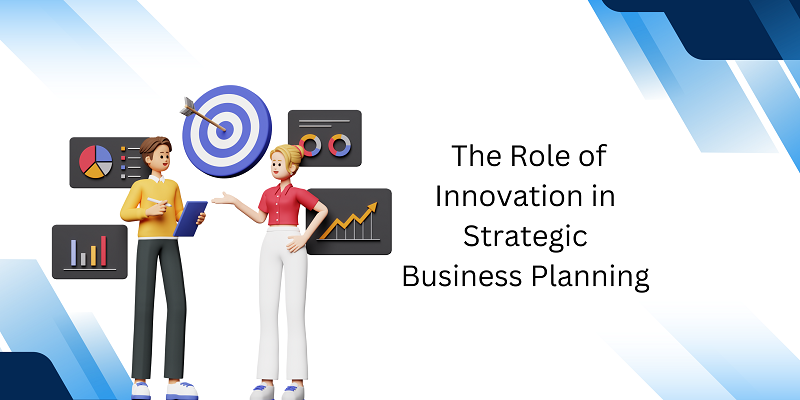Innovation plays a pivotal role in strategic business planning, driving growth, maintaining competitive advantage, and ensuring long-term success. Incorporating innovation into strategic business planning involves more than just introducing new products or technologies; it’s about fostering a culture that continuously seeks improvement and creative solutions to stay ahead in a rapidly evolving market.
At the heart of innovation in strategic business planning is the need to adapt and respond to changing market dynamics. As industries evolve and consumer preferences shift, businesses must innovate to meet new demands and capture emerging opportunities. This means integrating innovation into the core of the strategic plan, rather than treating it as an afterthought. A proactive approach to innovation ensures that businesses are not only reacting to change but also anticipating and driving it.
One key aspect of leveraging innovation in strategic planning is understanding the role of research and development (R&D). Investing in R&D helps businesses explore new technologies, products, and processes that can provide a competitive edge. This investment should be aligned with the company’s strategic goals, focusing on areas that have the potential to offer the greatest impact. Effective R&D involves not only generating new ideas but also validating them through market research and feasibility studies to ensure they meet customer needs and business objectives.
Fostering a culture of innovation is essential for integrating it into strategic planning. This involves creating an environment where creativity and experimentation are encouraged, and where employees feel empowered to contribute new ideas. Companies can foster this culture by providing resources for innovation, such as dedicated teams, time for creative thinking, and platforms for sharing ideas. Recognizing and rewarding innovative contributions can also help motivate employees to engage in the innovation process.
Strategic business planning should also incorporate mechanisms for evaluating and prioritizing innovative ideas. Not every idea will be viable or aligned with the company’s strategic objectives. Establishing a systematic approach for assessing the potential value and feasibility of new innovations helps ensure that resources are allocated effectively. This involves setting criteria for evaluation, such as market potential, alignment with strategic goals, and return on investment, to determine which innovations to pursue.
Additionally, partnerships and collaborations can play a significant role in driving innovation. Collaborating with other organizations, such as technology providers, research institutions, or even competitors, can provide access to new ideas, expertise, and resources. These partnerships can accelerate the innovation process, reduce risks, and enhance the company’s ability to bring new products or solutions to market.
Incorporating innovation into strategic business planning also means being prepared for potential disruptions. Disruptive innovations—new technologies or business models that significantly alter market dynamics—can present both challenges and opportunities. Businesses should include strategies in their planning to respond to potential disruptions, such as adapting their business models, investing in new technologies, or exploring alternative markets.
Furthermore, measuring the impact of innovation is crucial for ensuring that it delivers value. Businesses should establish metrics to track the performance of innovative initiatives, such as revenue growth, market share, or customer satisfaction. Regularly reviewing these metrics helps assess the effectiveness of innovation efforts and make informed decisions about future investments.
In summary, the role of innovation in strategic business planning is to drive growth, maintain competitive advantage, and respond to changing market conditions. By integrating innovation into the strategic plan, investing in R&D, fostering a culture of creativity, evaluating and prioritizing ideas, leveraging partnerships, preparing for disruptions, and measuring impact, businesses can harness the power of innovation to achieve long-term success and stay ahead in a dynamic marketplace.
